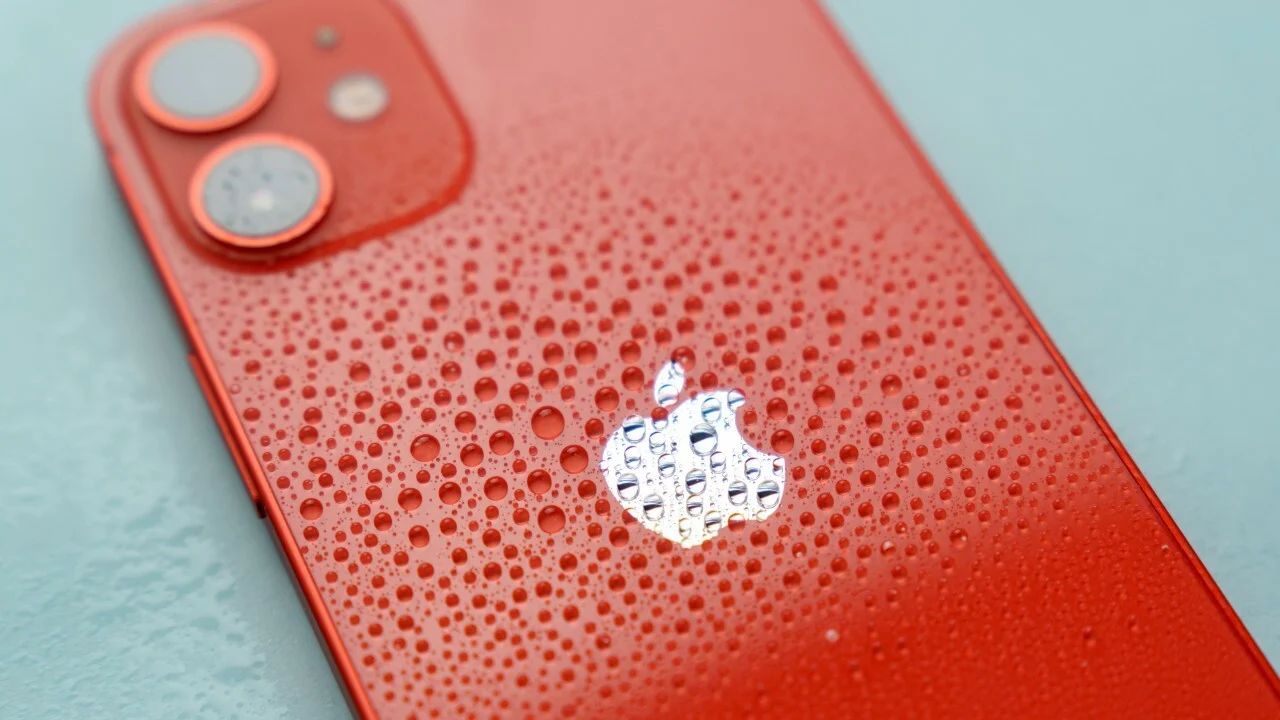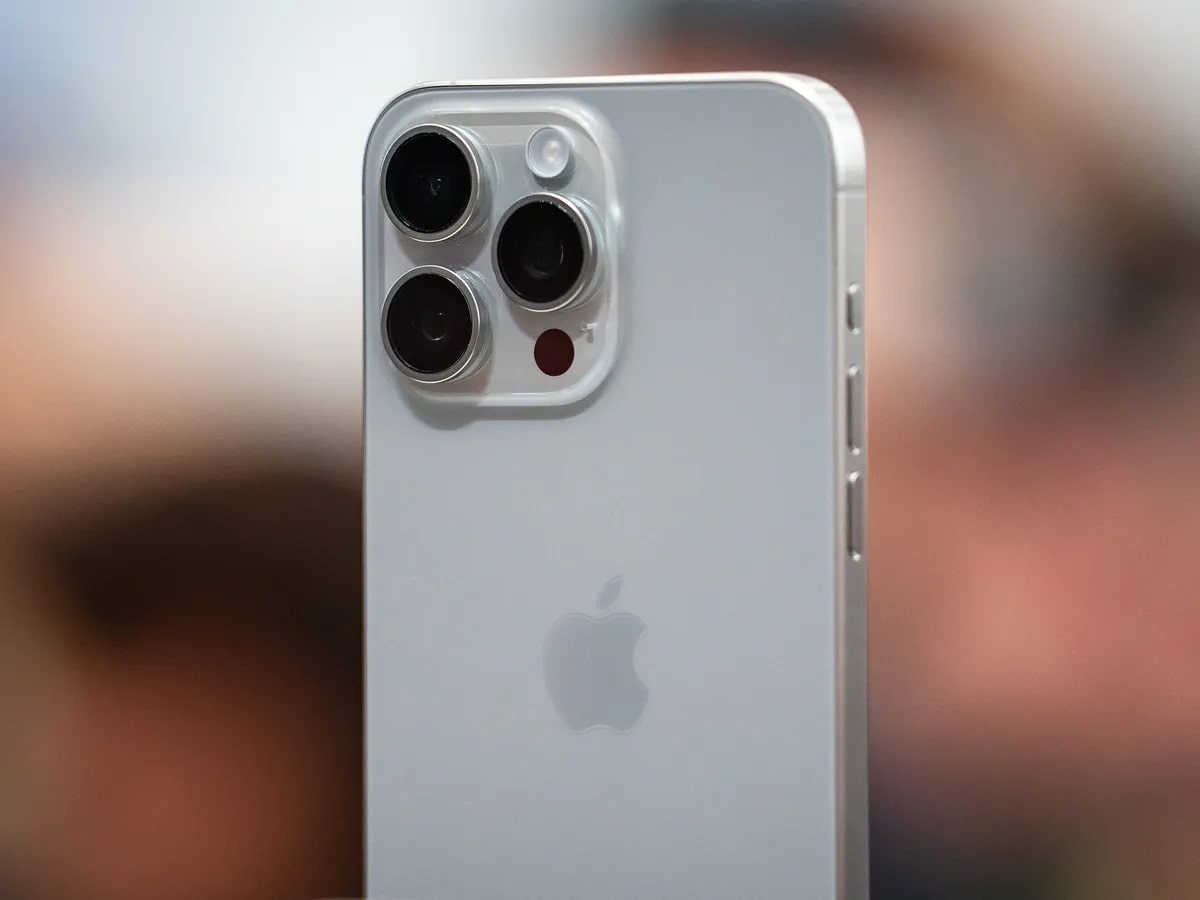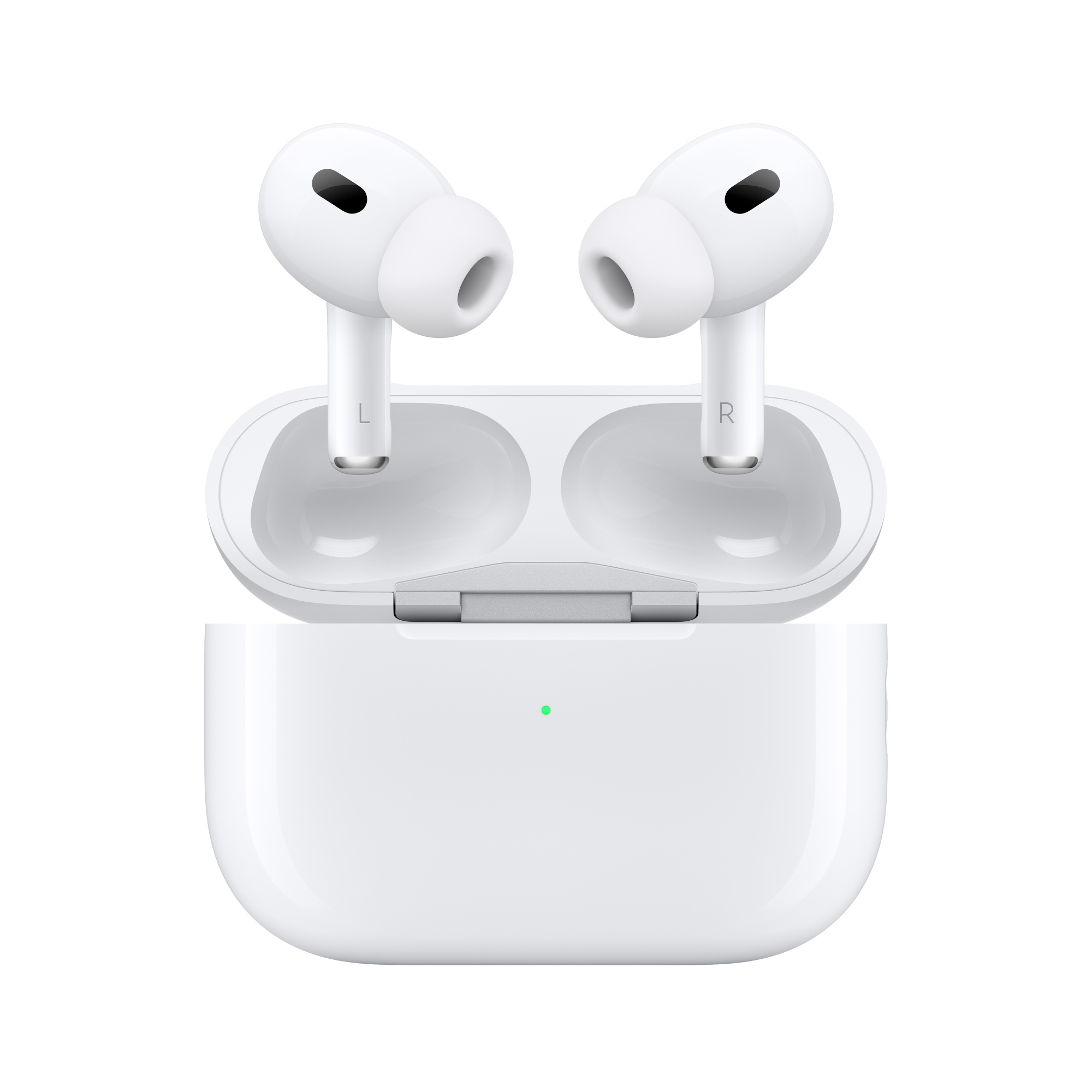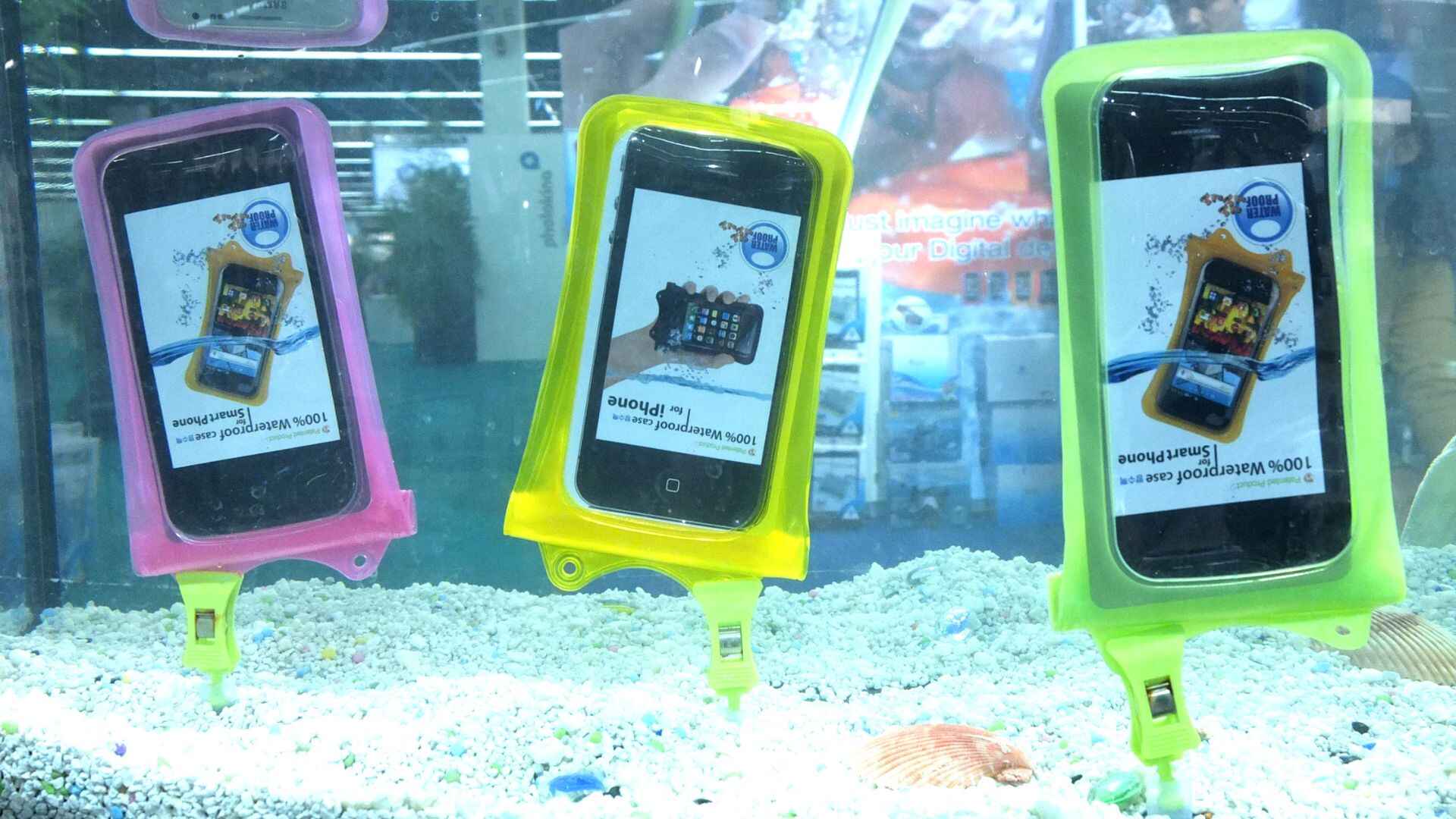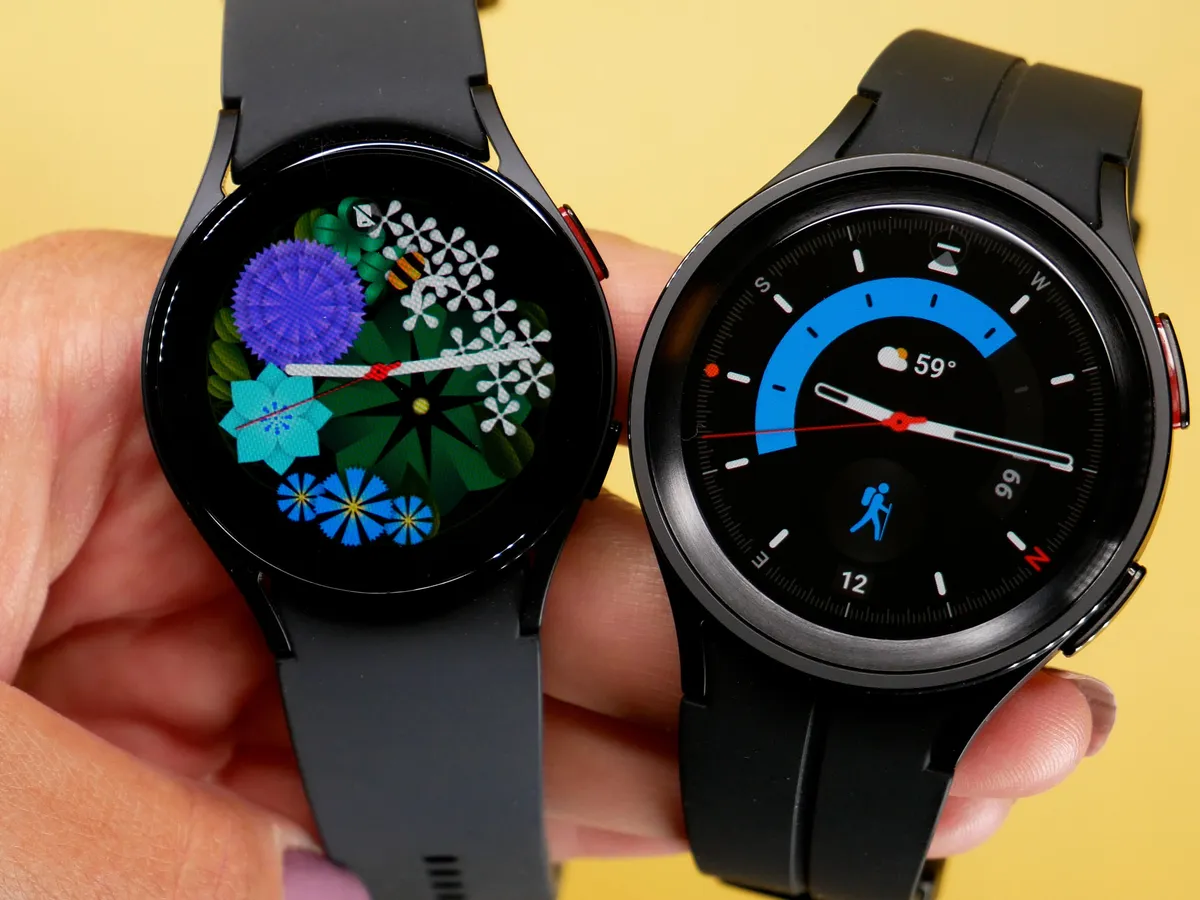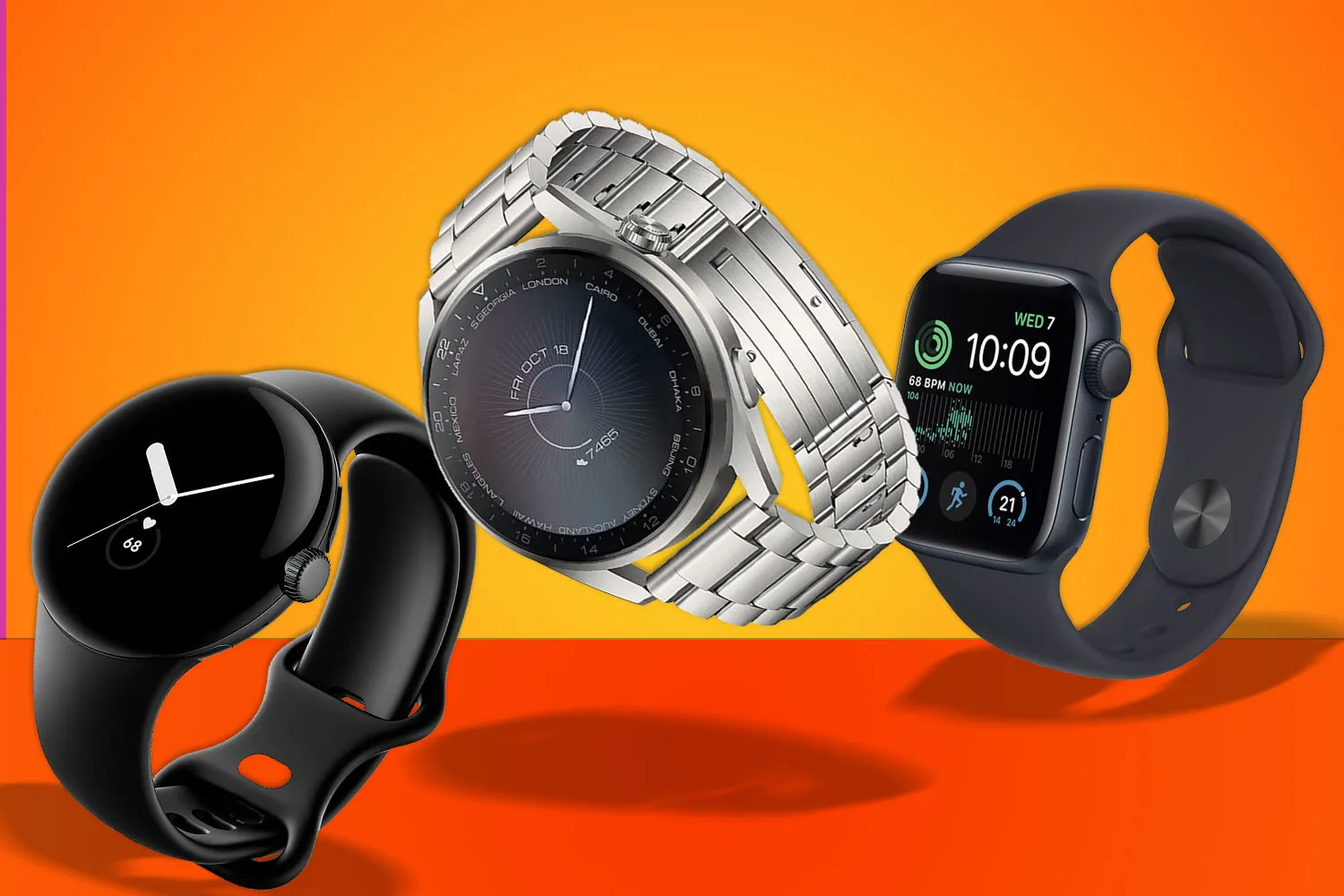Selecting the Right Waterproof Case for Your iPhone
Selecting the right waterproof case for your iPhone is crucial to ensure the safety and functionality of your device in various environments. With countless options available in the market, it's essential to consider several factors before making a purchase. Here are some key considerations to keep in mind when choosing a waterproof case for your iPhone:
1. Compatibility:
Ensure that the waterproof case is specifically designed for your iPhone model. Different iPhone models have varying dimensions and button placements, so it's important to select a case that fits your device perfectly. This ensures that all ports, buttons, and features remain accessible and functional while providing maximum protection against water damage.
2. Waterproof Rating:
Pay close attention to the waterproof rating of the case. The Ingress Protection (IP) rating system is commonly used to indicate the level of protection against solids and liquids. For instance, a case with an IPX7 rating can withstand immersion in water up to 1 meter for 30 minutes. Understanding the IP rating will help you determine the level of water resistance that the case offers.
3. Durability and Construction:
Consider the overall durability and construction of the waterproof case. Look for high-quality materials such as polycarbonate, TPU (thermoplastic polyurethane), or silicone that can effectively safeguard your iPhone against water, dust, and impact. Additionally, a secure locking mechanism and reinforced edges can provide added protection against accidental drops and shocks.
4. Clear and Responsive Screen:
Opt for a waterproof case with a clear and responsive screen cover. The screen cover should maintain the touch sensitivity of your iPhone's display while offering crystal-clear visibility. This feature is essential for using your iPhone underwater or in wet conditions without compromising the touchscreen functionality.
5. Additional Features:
Consider any additional features that align with your specific needs. Some waterproof cases may include lanyard attachments, built-in screen protectors, or compatibility with accessories such as external lenses for photography enthusiasts. Evaluate these extra features to enhance the usability and versatility of your iPhone in various scenarios.
By carefully evaluating these factors, you can make an informed decision when selecting the right waterproof case for your iPhone. Prioritizing compatibility, waterproof rating, durability, screen clarity, and additional features will ensure that your iPhone remains fully protected while retaining its functionality in challenging environments.
Maintaining the Waterproof Seal of Your Case
Ensuring the integrity of the waterproof seal on your iPhone case is paramount to safeguarding your device from water damage. A secure seal not only protects your iPhone from moisture but also maintains its overall functionality. Here are essential tips for maintaining the waterproof seal of your case:
-
Regular Inspections:
Regularly inspect the condition of the waterproof seal on your case. Look for any signs of wear, tear, or damage that may compromise its effectiveness. Pay close attention to the edges and sealing points to identify any potential areas of concern. -
Cleaning and Maintenance:
Keep the seal and its surrounding areas clean and free from debris. Use a soft, lint-free cloth to gently wipe the seal and remove any dirt, sand, or particles that could impede its ability to form a watertight barrier. Avoid using harsh chemicals or abrasive materials that may damage the seal. -
Proper Closure Technique:
When sealing your iPhone inside the waterproof case, ensure that the closure mechanism is properly engaged. Follow the manufacturer's guidelines for sealing the case to guarantee a secure and airtight fit. Take the time to align and press the closure points to prevent any gaps that could compromise the seal. -
Avoiding Overstretching:
Be mindful of overstretching the case material, particularly around the edges and seal points. Excessive stretching can weaken the seal over time, making it susceptible to water intrusion. Handle the case with care and avoid exerting unnecessary pressure that could distort the seal's integrity. -
Replacement Consideration:
If you notice significant wear or damage to the waterproof seal, consider replacing it promptly. Most manufacturers offer replacement seals or recommend periodic seal replacements to maintain the case's waterproof capabilities. Investing in a new seal ensures continued protection for your iPhone.
By implementing these maintenance practices, you can prolong the effectiveness of the waterproof seal on your iPhone case, allowing you to confidently use your device in wet or challenging environments without compromising its safety. Regular inspections, proper cleaning, careful closure techniques, and proactive seal replacement considerations are essential steps in preserving the waterproof integrity of your case.
Using Touchscreen and Buttons Effectively Inside the Case
Effectively utilizing the touchscreen and buttons of your iPhone inside a waterproof case is essential for maintaining seamless functionality and user experience. While the protective nature of the case is paramount, it should not hinder your ability to interact with your device. Here are key strategies for maximizing the usability of the touchscreen and buttons inside the case:
Touchscreen Sensitivity:
Ensure that the waterproof case provides optimal touchscreen sensitivity. A high-quality case will maintain the responsiveness of the iPhone's touchscreen, allowing you to navigate apps, type messages, and access features without any hindrance. Look for cases with built-in screen protectors that preserve touch sensitivity while safeguarding the display from scratches and water damage.
Calibration and Testing:
Before submerging your iPhone in water or exposing it to wet conditions, calibrate the touchscreen functionality inside the case. Test the responsiveness of the touchscreen and ensure that all areas of the display register touch inputs accurately. This pre-testing can help identify any potential issues and allow for adjustments before actual usage.
Button Accessibility:
Verify that the waterproof case allows for easy access to the physical buttons of your iPhone. The case should feature precise cutouts for the volume buttons, power button, and mute switch, enabling you to operate these controls effortlessly. Smooth button covers that align with the device's buttons facilitate seamless operation even in underwater or damp environments.
Utilizing Assistive Touch:
Consider utilizing the Assistive Touch feature on your iPhone, especially when using it in challenging conditions. This accessibility feature creates a virtual button on the screen, providing quick access to essential functions such as Home, Siri, Notification Center, and more. By customizing the Assistive Touch menu, you can streamline navigation and reduce reliance on physical buttons.
Testing Underwater Performance:
If you intend to use your iPhone for underwater activities, conduct thorough testing of the touchscreen and buttons in a controlled environment. Submerge the encased iPhone in a shallow water source and assess the touchscreen responsiveness and button functionality. This hands-on testing ensures that the case effectively preserves the device's usability underwater.
By prioritizing touchscreen sensitivity, conducting calibration tests, ensuring button accessibility, considering Assistive Touch, and performing underwater performance evaluations, you can effectively use the touchscreen and buttons of your iPhone inside a waterproof case. These proactive measures empower you to maintain full control and functionality of your device, regardless of the environmental challenges it may encounter.
Taking High-Quality Photos and Videos Underwater
Capturing stunning photos and videos underwater with your iPhone requires careful consideration of techniques and equipment to ensure exceptional results. Whether you're snorkeling in crystal-clear waters or exploring marine life in the depths of the ocean, maximizing the potential of your iPhone's camera within a waterproof case can lead to breathtaking visual content.
1. Utilize Underwater Photography Modes:
Many modern waterproof cases are designed to optimize underwater photography by offering specialized modes that enhance color rendition and clarity in aquatic environments. Take advantage of these dedicated modes to automatically adjust the camera settings for underwater conditions, resulting in vibrant and true-to-life images.
2. Adjust White Balance Settings:
Underwater environments often present unique lighting challenges, with water depth and clarity affecting color temperature. Manually adjusting the white balance settings on your iPhone can mitigate the bluish or greenish tint that commonly occurs in underwater photos. By fine-tuning the white balance, you can restore natural color tones and improve the overall visual appeal of your underwater shots.
3. Optimize Lighting Conditions:
Lighting plays a pivotal role in underwater photography, influencing the clarity and vibrancy of the captured images. When shooting in natural light underwater, position yourself to take advantage of ambient light sources, such as sunlight filtering through the water's surface. Alternatively, consider using waterproof LED lights or external flash units to illuminate subjects and enhance the visual impact of your photos and videos.
4. Embrace Close-Up Photography:
Underwater environments offer unique opportunities for captivating close-up photography, allowing you to capture intricate details of marine life and underwater landscapes. Experiment with macro photography within the confines of your waterproof case, focusing on small creatures, textures, and patterns that add depth and visual interest to your underwater imagery.
5. Stabilize Your Shots:
Maintaining stability is crucial for achieving sharp and clear underwater photos and videos. The buoyancy and movement of water can introduce challenges in maintaining steady compositions. Consider using a handheld stabilizer or tripod designed for underwater use to minimize camera shake and ensure the sharpness of your visual content.
By implementing these strategies and leveraging the capabilities of your iPhone's camera within a waterproof case, you can elevate your underwater photography and videography to new heights. With a keen eye for composition, an understanding of underwater lighting, and the utilization of specialized photography modes, you can capture mesmerizing moments beneath the water's surface, preserving the beauty and allure of aquatic environments through your lens.
Maximizing Battery Life While Using Your iPhone in a Waterproof Case
Preserving the battery life of your iPhone while using it in a waterproof case is essential, especially during outdoor adventures and aquatic activities. By implementing strategic practices and leveraging the features of your device and case, you can extend the operational duration of your iPhone, ensuring uninterrupted usage in challenging environments.
1. Optimize Power-Saving Settings:
Maximize the battery efficiency of your iPhone by activating power-saving settings. Enable Low Power Mode to reduce background activity, push notifications, and overall power consumption. Additionally, adjust the Auto-Lock duration to a shorter interval to minimize the display's active duration when not in use, conserving valuable battery power.
2. Manage App Usage:
Prioritize essential apps and limit unnecessary background processes to conserve battery life. Close unused apps running in the background and disable location services for non-essential applications. This proactive approach minimizes battery drain, allowing your iPhone to operate efficiently within the waterproof case.
3. Utilize Battery-Saving Accessories:
Consider utilizing portable power banks or solar chargers compatible with your waterproof case. These accessories provide supplementary power sources, ensuring that your iPhone remains charged during extended outdoor excursions or underwater photography sessions. Opt for rugged and waterproof power banks to align with the protective nature of your case.
4. Monitor Temperature Conditions:
Be mindful of temperature conditions that can impact battery performance within the waterproof case. Avoid exposing your encased iPhone to extreme temperatures, as both excessive heat and cold can diminish battery efficiency. Maintain a moderate operating environment to optimize the battery's longevity and overall functionality.
5. Enable Airplane Mode in Idle Moments:
When not actively using your iPhone for communication or data access, consider enabling Airplane Mode to conserve battery power. This disables wireless connections, including cellular, Wi-Fi, and Bluetooth, reducing energy consumption and extending the device's operational duration within the waterproof case.
6. Opt for Efficient Charging Practices:
When recharging your iPhone within the waterproof case, utilize efficient charging practices to maintain battery health. Use high-quality, certified charging cables and adapters to prevent overcharging and minimize heat generation. Adhering to recommended charging guidelines ensures the long-term viability of your iPhone's battery.
By implementing these battery-maximizing strategies, you can effectively prolong the operational duration of your iPhone while using it in a waterproof case. With a focus on power-saving settings, app management, supplementary power sources, temperature awareness, airplane mode utilization, and efficient charging practices, you can confidently utilize your iPhone in challenging environments without compromising its battery life.







